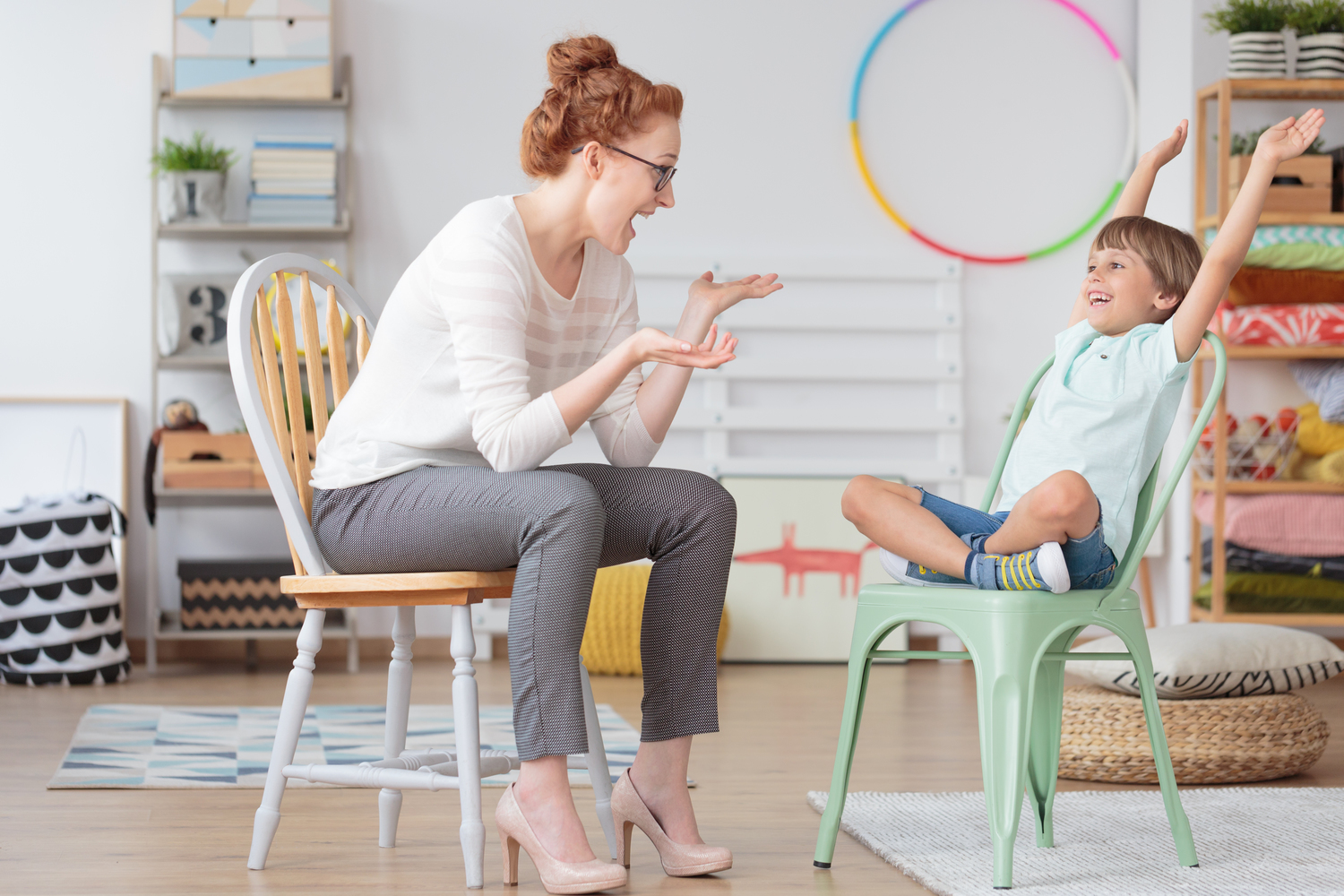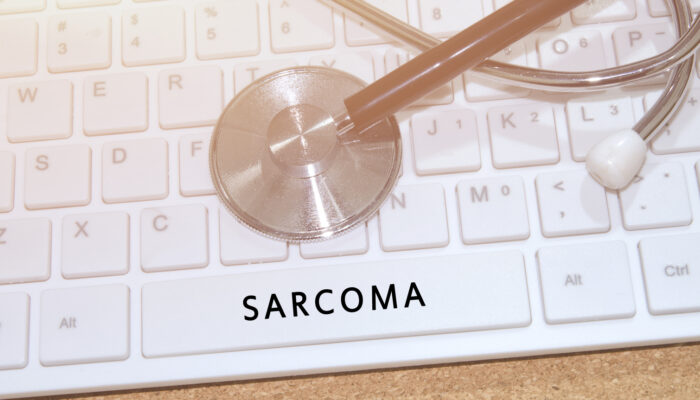
Therapeutic treatments for ADHD
In the case of children below the age of 6 years diagnosed with ADHD, behavioral interventions and therapy are suggested before medication can be prescribed. Even after the age of 6 years, for a child with ADHD, the treatment options mostly have some form of therapeutic treatment in conjunction with the medication. The different types of therapeutic treatments that can be considered for ADHD are as follows:
Hands on play with STEM building toys: Children with ADHD often have a unique type of energy that lends itself nicely to science, technology, engineering, and math (STEM) focused learning and play. This is because children with ADHD thrive in self-paced, non-linear stimulating learning environments (i.e., computer programing or robotics) where they can hyper-focus on tasks. Patients with ADHD benefit from playing with STEM building toys and technology because they control the rate of play, they receive rapid feedback, and they enjoy the bright colors and variety of sounds that these technological toys provide.
Behavior therapy (BT): The ultimate aim of this treatment is to help the child understand and assess their behavior to change them as seen fit. This kind of treatment would require the child, the parent, and in some cases, the child’s teacher to work together. Depending on how the child responds to different situations, certain strategies can be developed. These strategies would include direct feedback to help the child inculcate appropriate behavior.
Psychotherapy: This treatment option primarily takes into account the child’s perspective in coping with the condition. ADHD can cause difficulties for the child while making friends, or in existing relationships with peers. Psychotherapy can help the child learn how to figure these relationships out effectively. A child can be taught the value of good decisions and developing better behavior patterns for the future. Family therapy can help in figuring out the best course of action at times of disruptive behaviors.
Social skills training: This training can be useful if the child has problems adjusting in different social environments. Similar to behavior therapy, this training also aims at teaching the child new and appropriate behaviors. This training can help the child build better relationships and work better with others.
Parenting skill training: Understanding the child’s behavior through this condition is a very important aspect of treating ADHD for parents. This training can equip the parent with the necessary tools and techniques for understanding and managing the child’s behaviors in various situations. Some techniques are:
- Togetherness: Families can find time every week to do a bonding and happy activity. This activity can help the parents identify and praise the strengths and abilities of the child to reinforce positive behavior.
- Timeout: If the child goes out of hand and becomes unruly, timeout is a technique the parents can go about. Moving out of a stressful or an overstimulating situation can be helpful for the child and teach more appropriate reactions for various situations. The child will learn to handle the situation in a better way the next time it shows up.
- Immediate rewards: Similar to timeouts for unruly behavior, a point system or other forms of immediate reward system can be devised to appreciate good behavior or good work by the child.
- Working towards success: The situations should always be structured in a way so as to create success for the child ultimately. For example, playtime can be arranged to be had with one or two other kids so that the child won’t get overwhelmed or overstimulated easily.
With the combined effort of parents, treating ADHD through behavioral patterns can be really helpful, with visible results in the long term.



